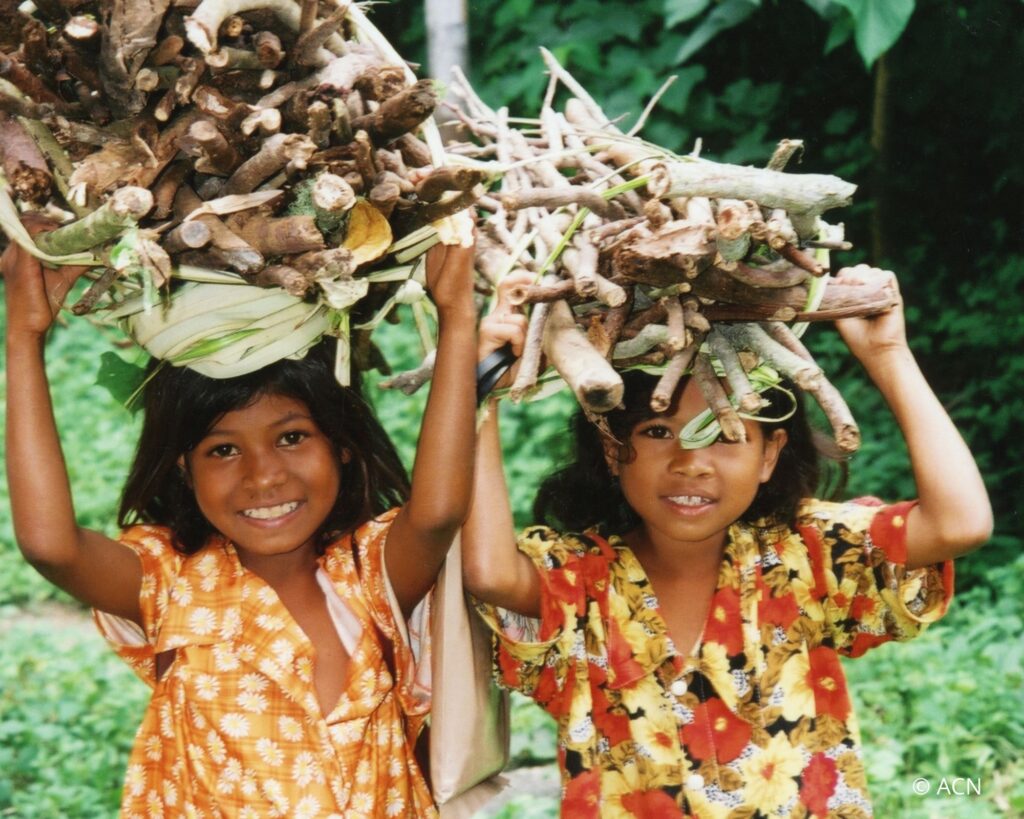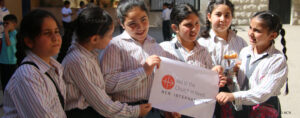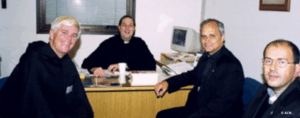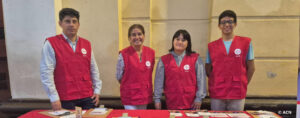Devotion to the Catholic Church is one of the distinguishing aspects of East Timorese culture. Francis will be the second pope to visit the territory, but the first since independence.
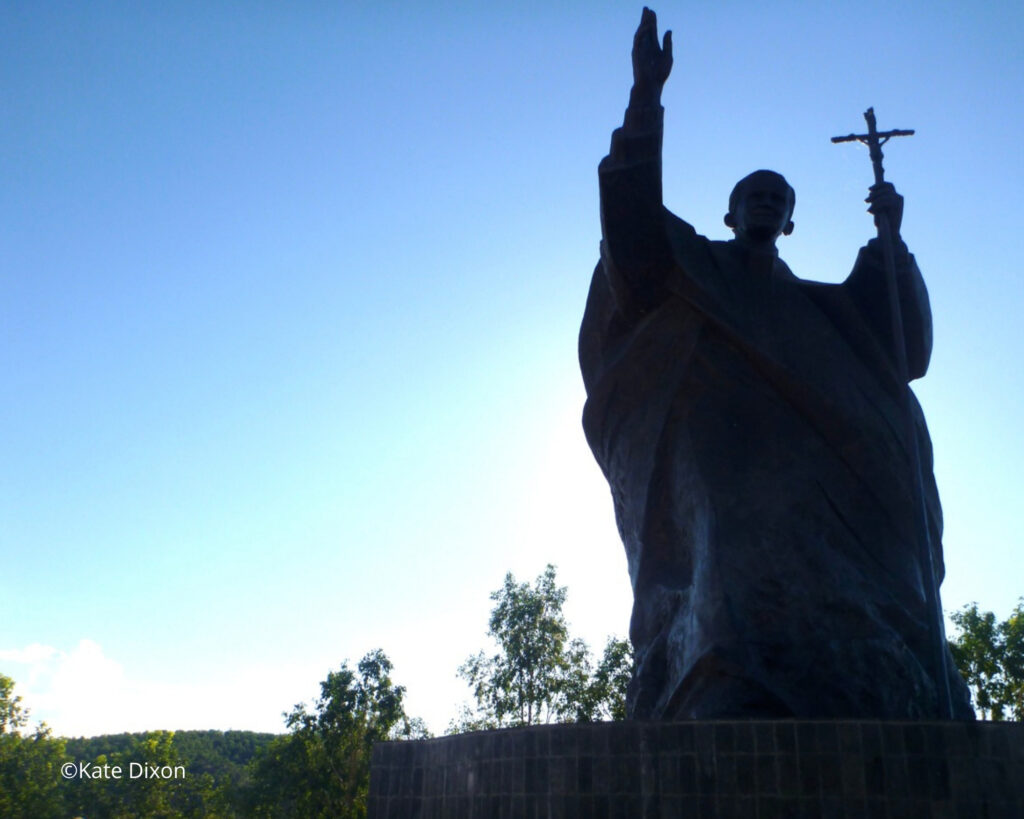
East Timor is one of the world’s youngest countries, having obtained independence in 2002. Pope Francis’ visit from September 9 to 11 this year will be the country’s first papal visit since gaining independence. East Timor is also the Asian country with the highest proportion of Catholics—at close to 99% of the population—and is one of only two majority Catholic countries in Asia alongside the Philippines.
Speaking to Aid to the Church in Need (ACN) from the Timorese town of Bobonaro, where she works as a missionary and a nurse, Sr. Cristina Macrino, of the Sisters of the Reparation of Our Lady of Fátima, says that Pope Francis’ visit is being eagerly awaited by the people.
“Preparations are already underway. People are anxious to experience this event as intensely and joyfully as possible and are expecting it to be a source of many blessings, and also of hope for the nation,” says the Portuguese religious sister.
Pope Francis will visit East Timor as part of his East Asia trip, during the first two weeks of September. This will be the Pope’s longest-lasting journey so far. The visit will begin on September 2 in Indonesia, the most populous Muslim country in the world, but which has a significant Catholic minority. From there, the 87-year-old pope will fly to Papua New Guinea, where he will remain until September 9, and then to East Timor until September 11. The trip will end in Singapore, from where Pope Francis is expected to fly back to Rome on September 13.
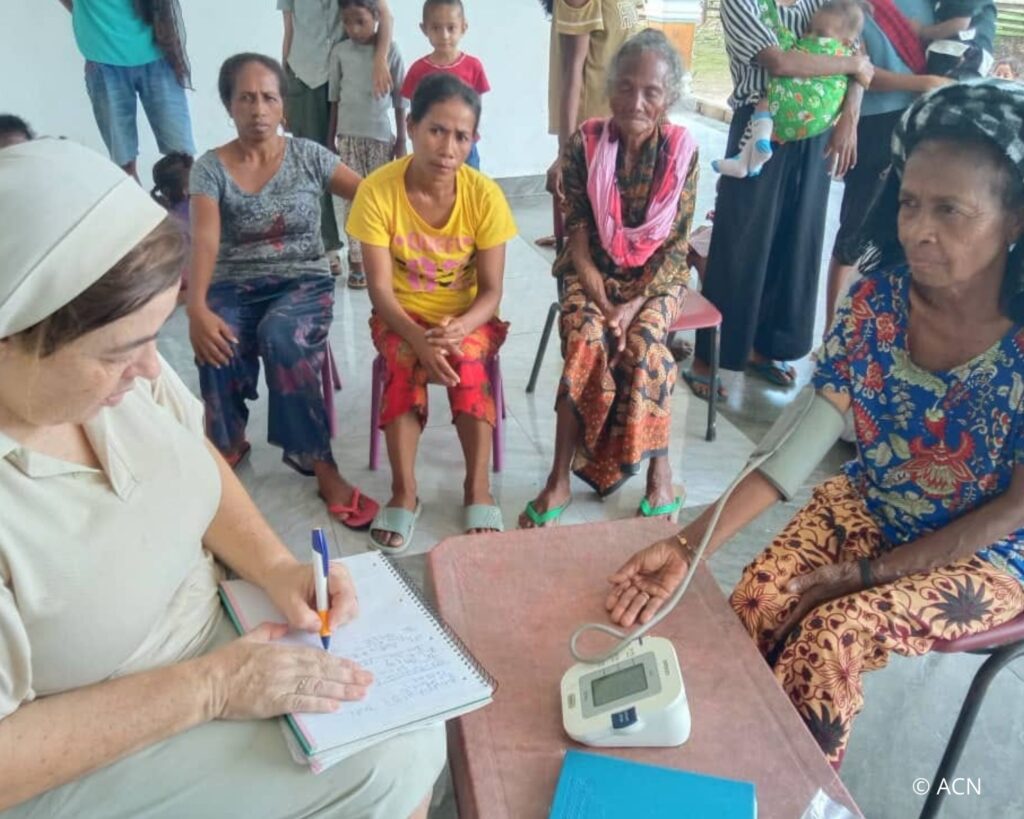
East Timor, which covers only half of the small island of Timor and has a population of around 1.3 million, was a Portuguese colony for centuries but was occupied by Indonesia in 1975. The occupation of the country ended in 2002, following an independence referendum supported by the international community.
Strong devotion to the Catholic faith has been one of the distinguishing traits of the Timorese people, and the Church plays a very important role in the country, especially at a social level. This will be the second papal visit to the territory, after John Paul II’s, in 1989.
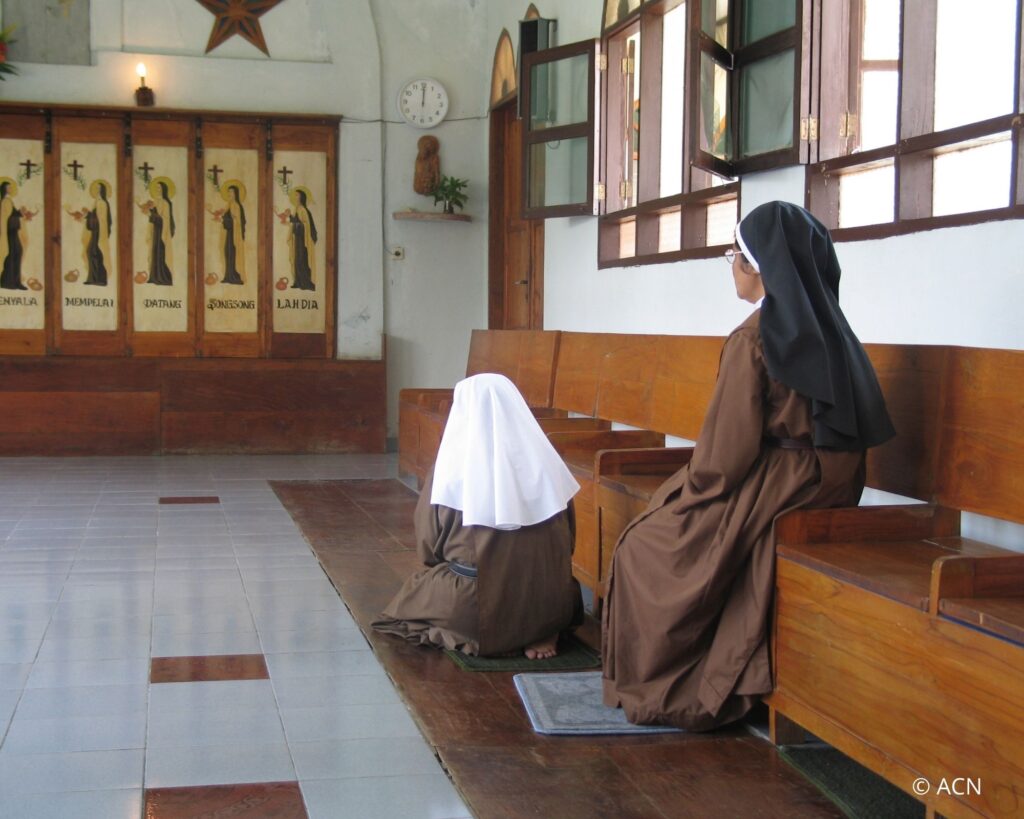
At the time, the visit brought the plight of the Timorese to the world’s attention. East Timor was still under Indonesian occupation and was visited by the pope during his trip to Indonesia. There was some tension during the trip. For example, there was doubt as to whether the Polish pope would kiss the ground when arriving in East Timor from Indonesia, as he always did when visiting a new country. This would anger the Indonesian government who didn’t recognize the independence of East Timor and could lead to repression against Indonesia’s Catholic population. John Paul II kissed a crucifix and pressed it to the ground instead.
The Indonesian occupation of East Timor saw a harsh crackdown on the local population. Many priests and nuns risked their lives defending citizens from military abuses.
The motto of Pope Francis’ visit, “May your faith be your culture,” calls back to this history and beckons the Timorese to remain steadfast in their love of Christ.
ACN has been supporting the Church in East Timor in its mission, with dozens of projects approved over the past decades.
